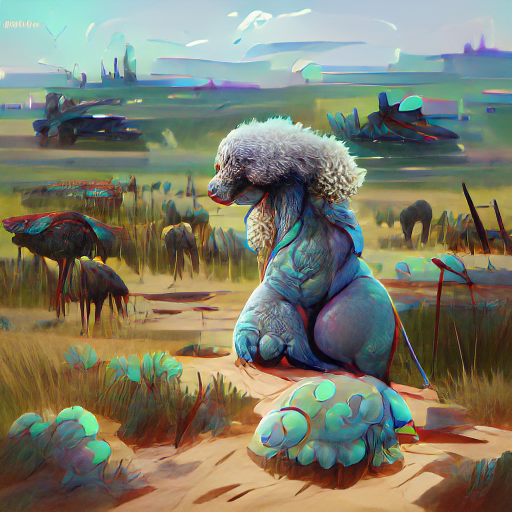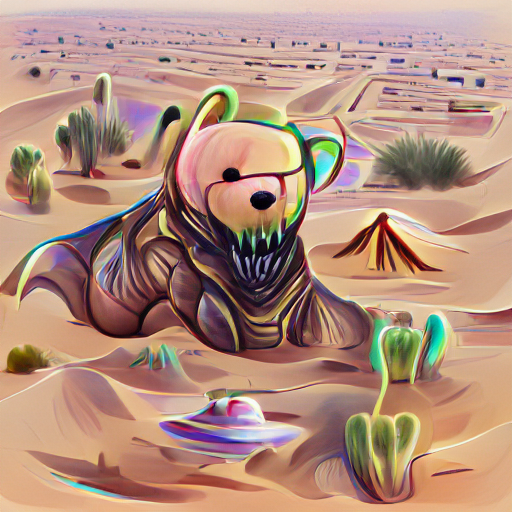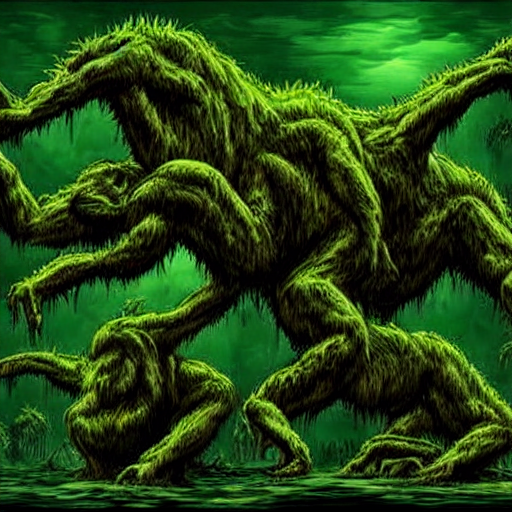

Hathawallows are slow, bulky land walruses that choose to travel among packs of other species, forming symbiotic relationships wherever they go. The average hathawallow is incredibly smart and manipulative, often positioning itself to sacrifice those in its herd before any harm could possibly come to it.
Hathawallow fur is coveted for its silky texture and warmness, and its stark, blue blubber can be used for a myriad of useful purposes. Tracking and bringing down a hathawallow is a fiscally-fruitful endeavor — as long as things go well for the hunters.
Explore an endless universe of ficticious life on NovelGens.





